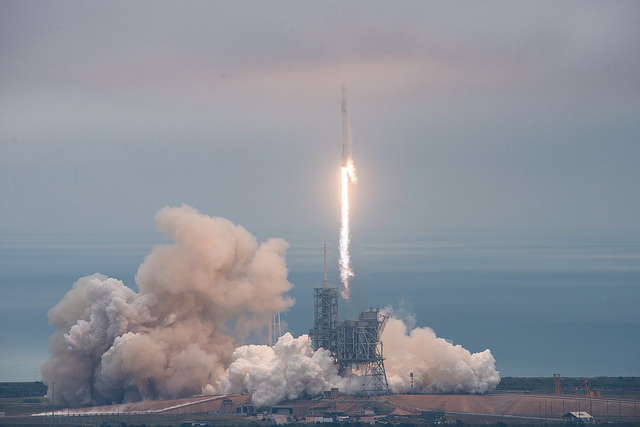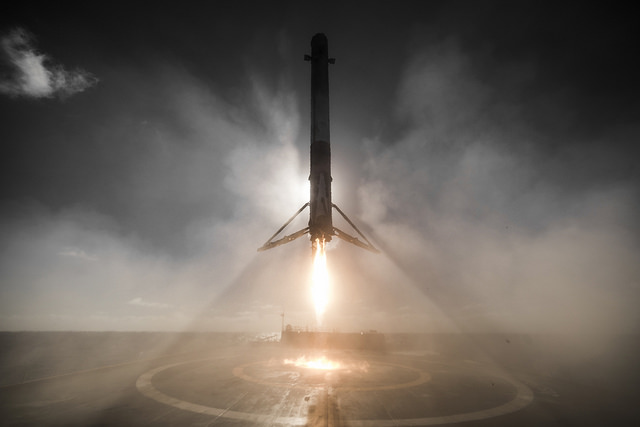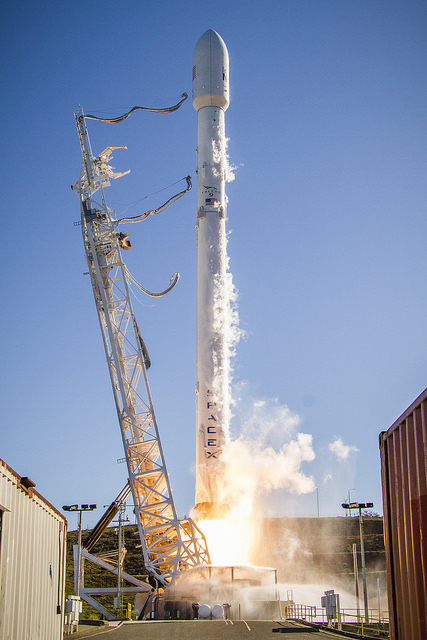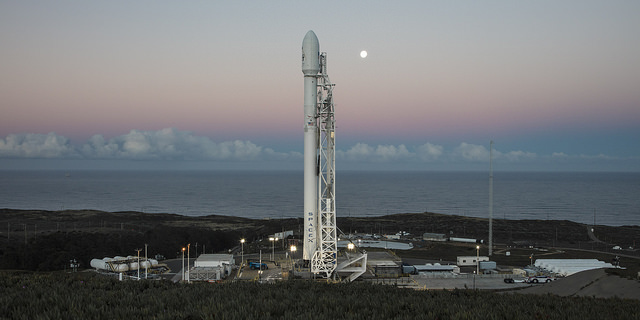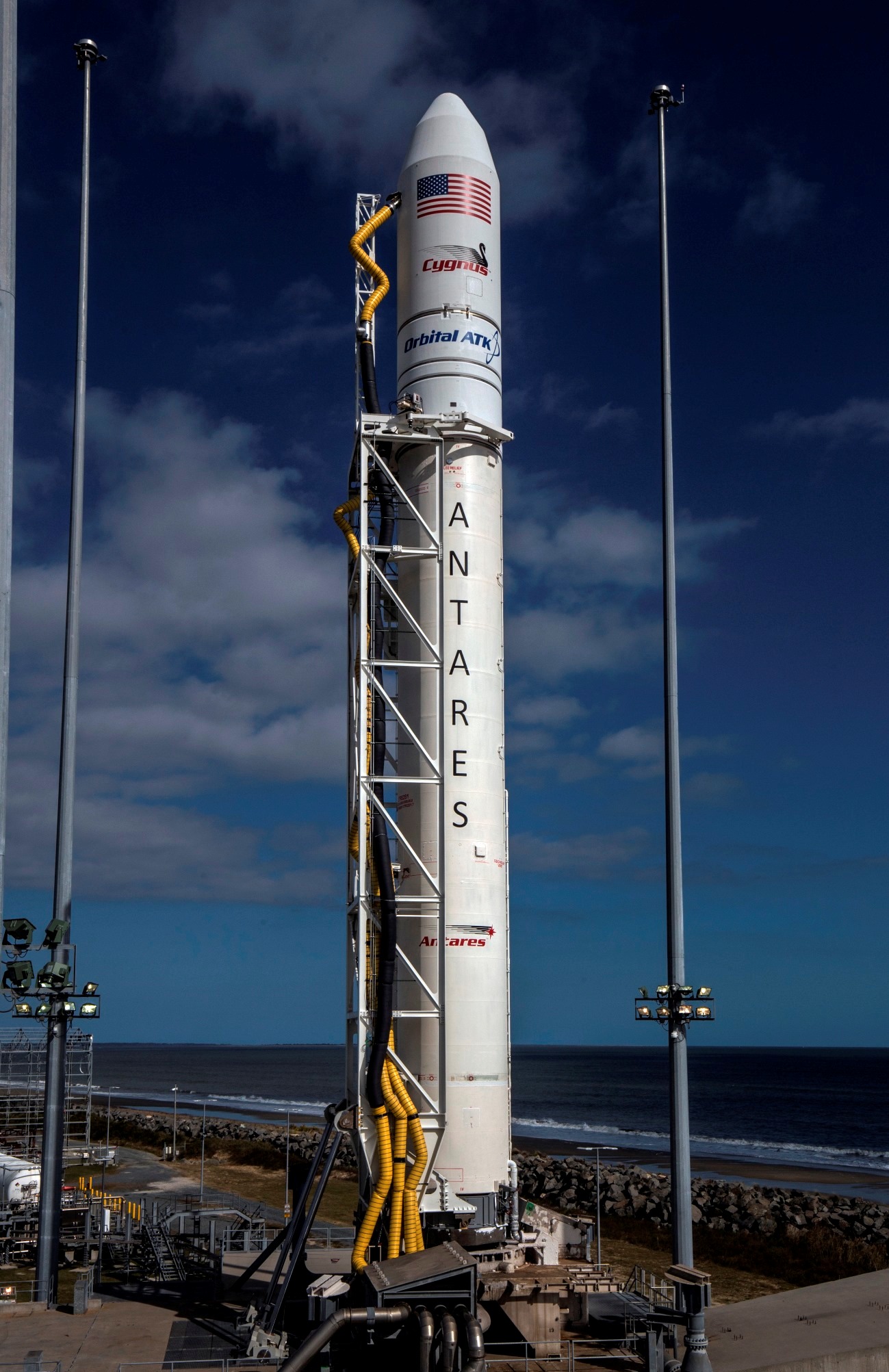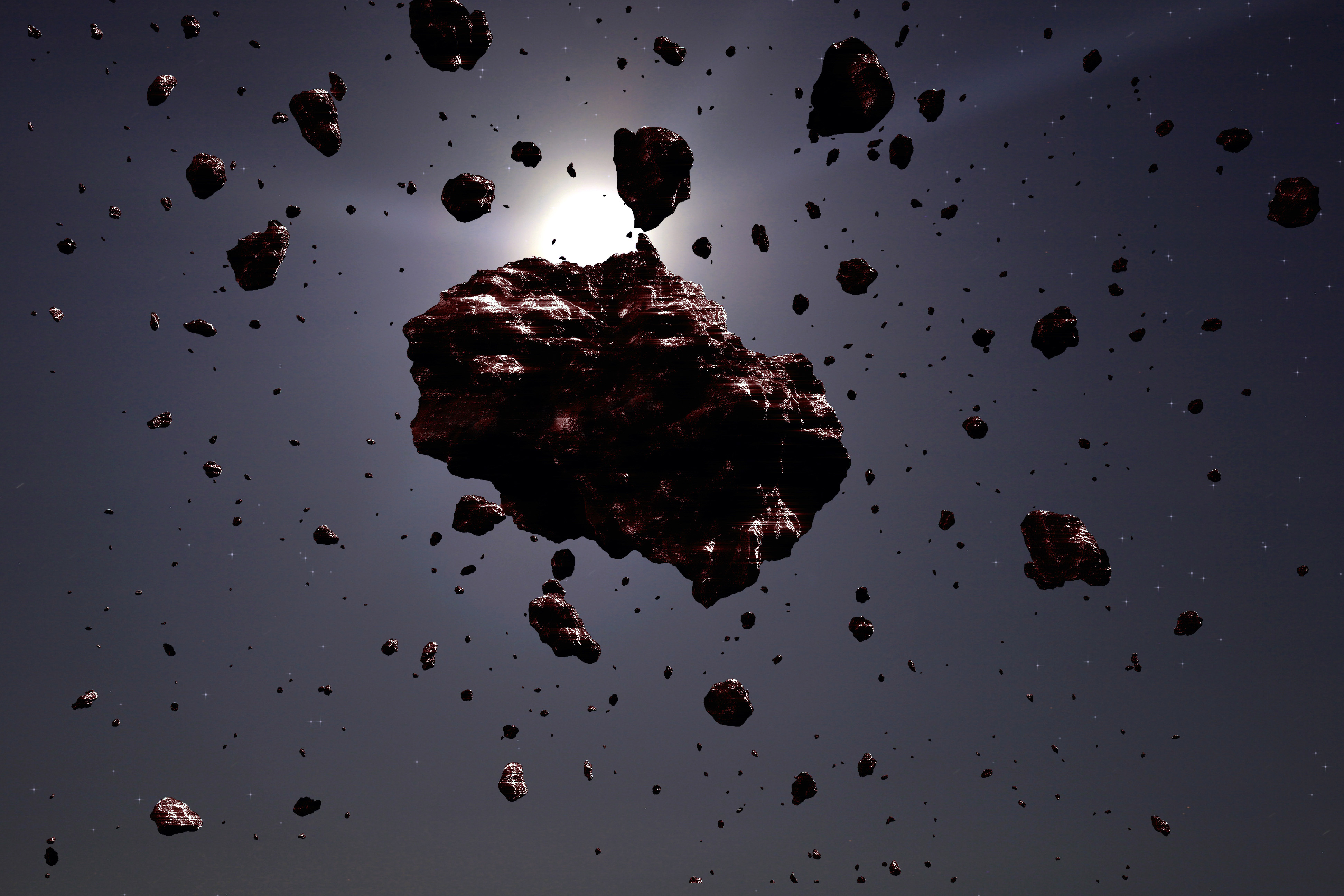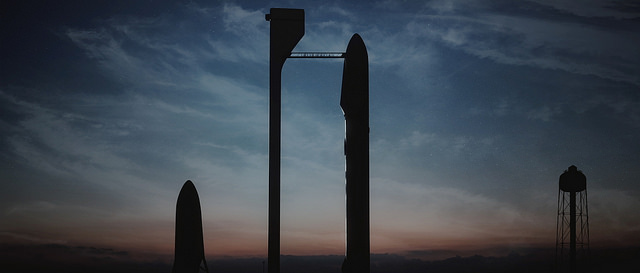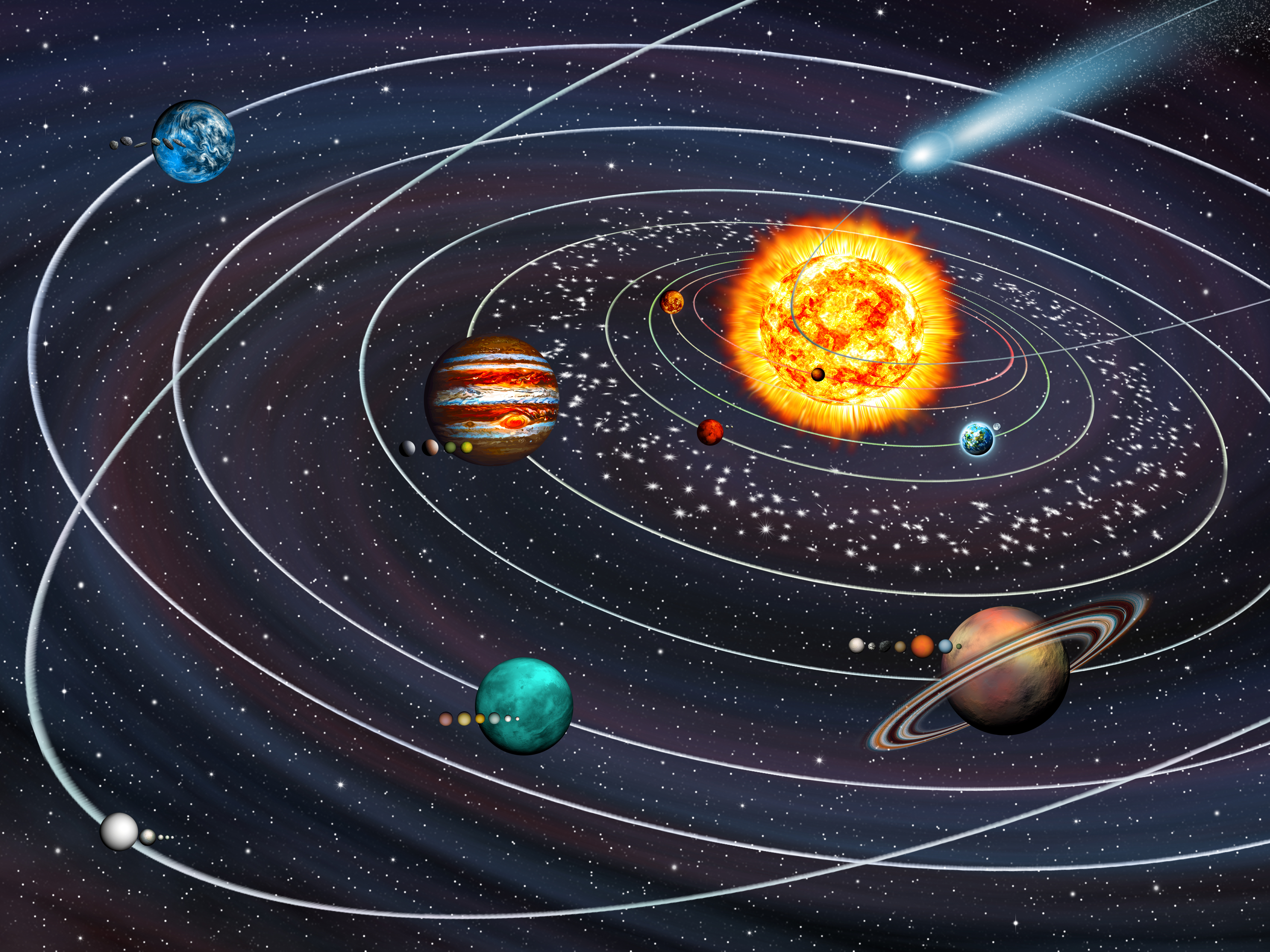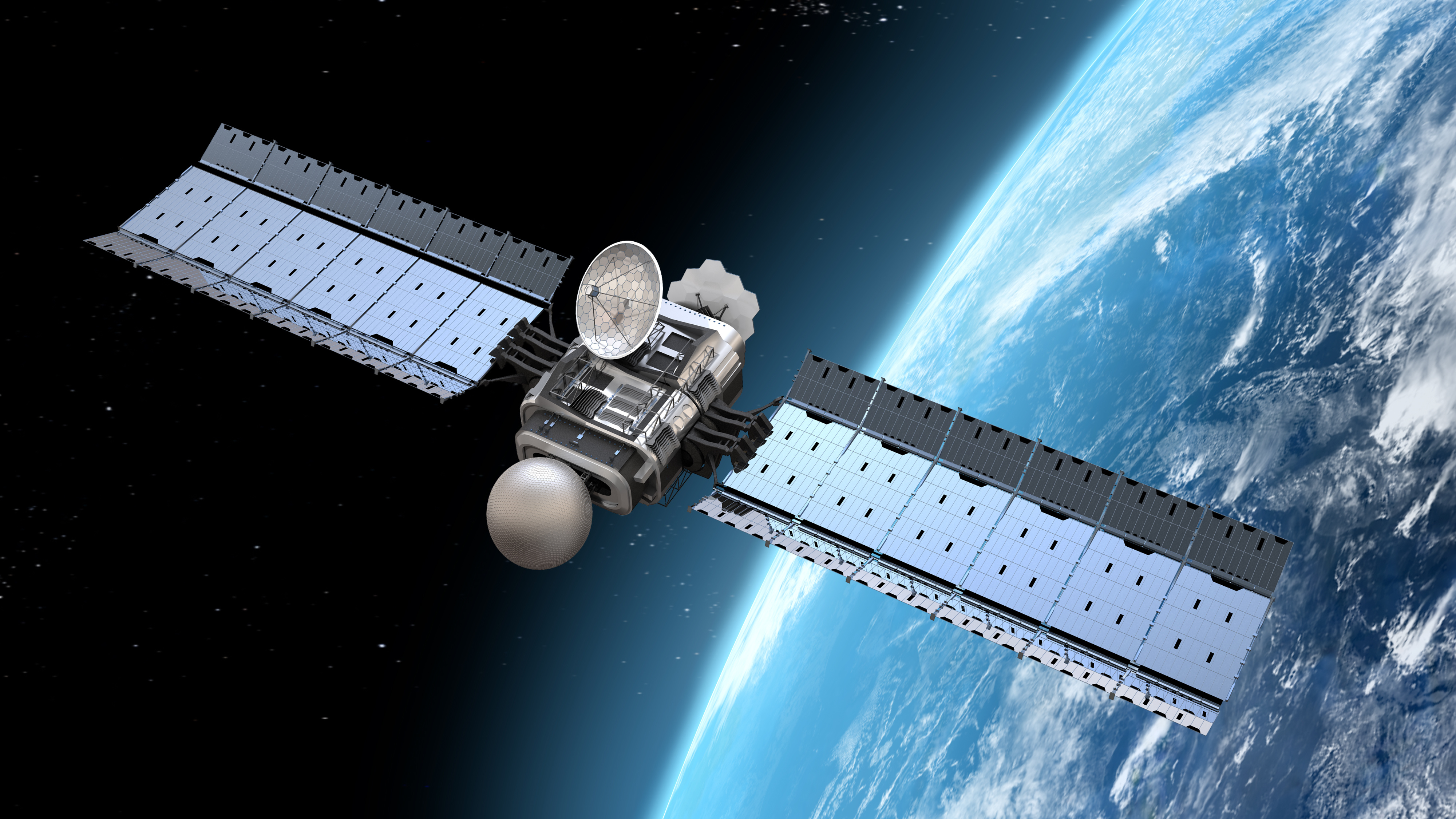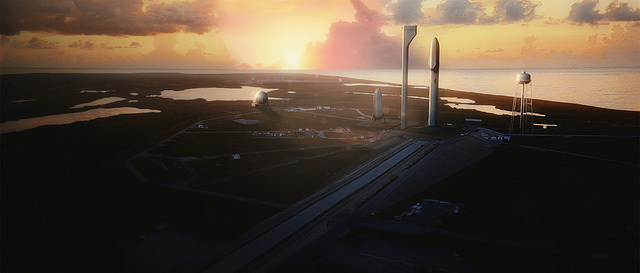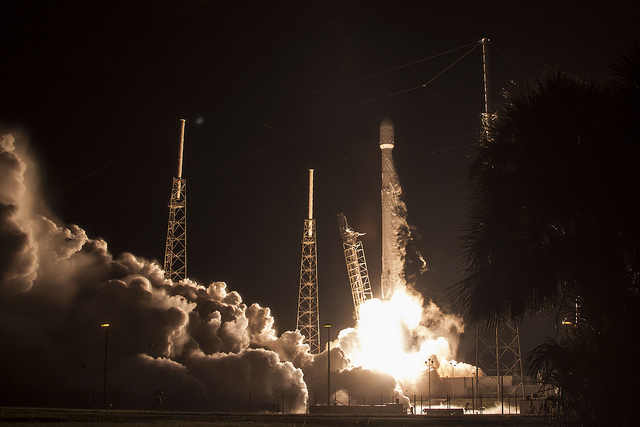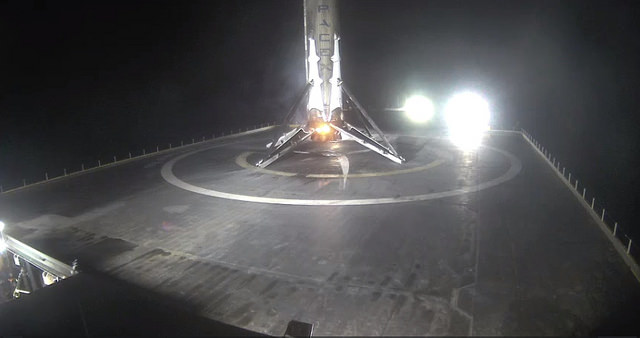
The wide open frontier of space exploration fascinates me:
- An asteroid 124 miles in diameter is richer in minerals that what we have here on earth – picture the value of those resources for building space ships in space
- Five teams from the private sector are in the race to get a team on the moon
- ULA trimming work force – trying to gain price competitiveness?
- India launches 104 satellites from one booster
1/17 – Daily Star – NASA to explore space rock worth so much money it would DESTROY world economy – Ignore the hyperventilating headline.
The underlying substance is of interest. NASA has a 2023 launch scheduled for a probe that will check out asteroid Psyche, which is sitting in the asteroid belt between Mars and Jupiter. It is about 200 kilometers across, or about 124 miles in diameter.
Asteroid Psyche is rich in minerals. How rich? If it all could be brought back to earth and sold at current market prices, it might have something in the range of $10,000 quadrillion of minerals. This is compared to a world economy with $73.7 trillion of production.
Continue reading “Amazing news from the open frontier of space”

